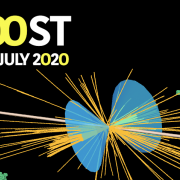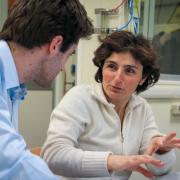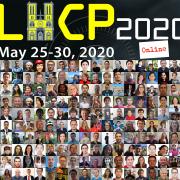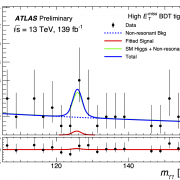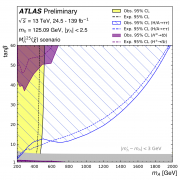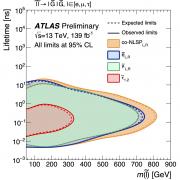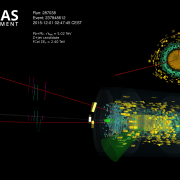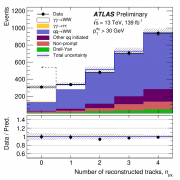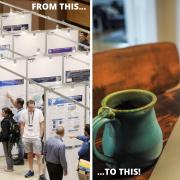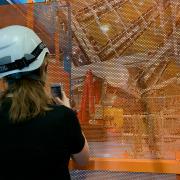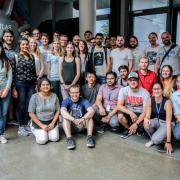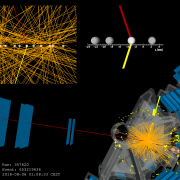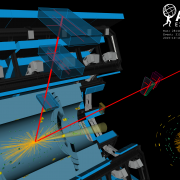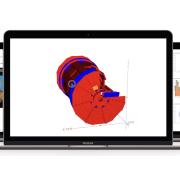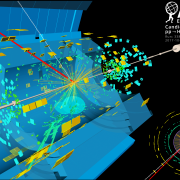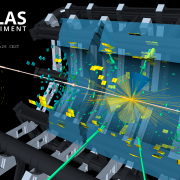Access to Collaboration Site and Physics Results
Updates tagged: “top quark”
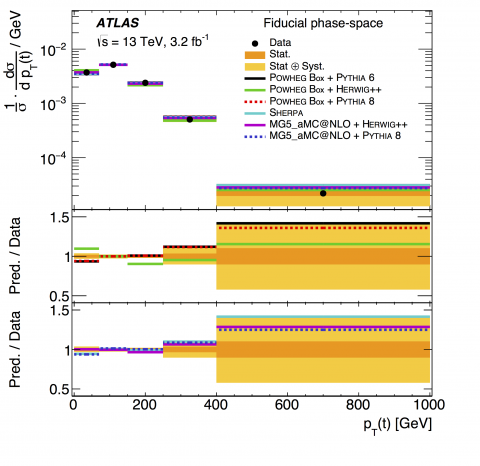
Return of the top quark!
For the first time, ATLAS has measured the kinematics of the top quark and of the tt̅ system in 13 TeV events containing two charged leptons, two neutrinos and two jets (called “dilepton” events).
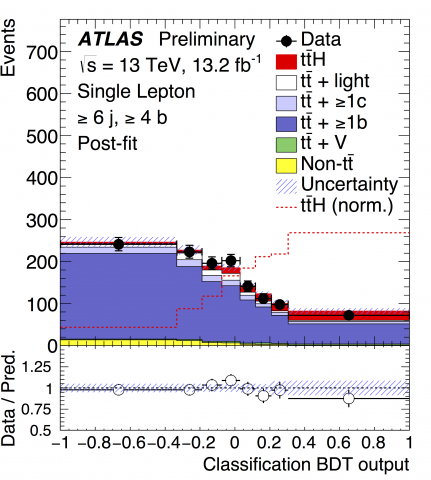
Hunting the origin of the top quark’s mass
The ATLAS experiment has been searching for the process in which a pair of top quarks is produced, where one is a “virtual” particle that emits a Higgs boson on the way to becoming a “real” particle. This process is referred to as ttH production after the particles that are produced.
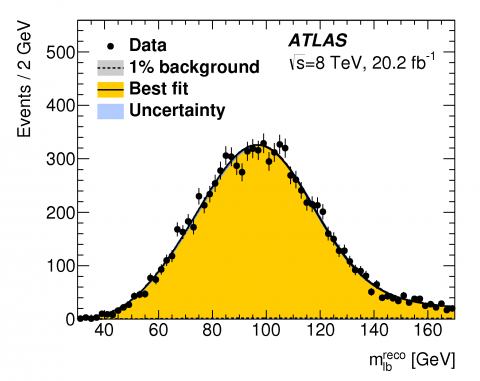
Weighing in on the top quark mass
ATLAS has released a new precise measurement of the mass of the top quark, the heaviest known elementary particle.
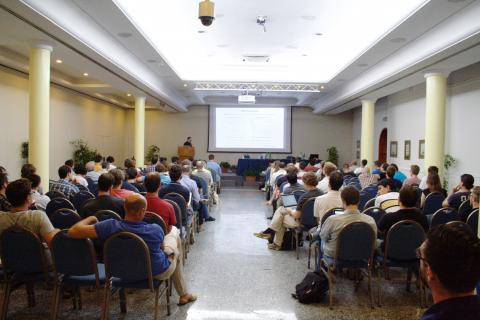
Top 2015: Mass, momentum and the conga
The top quark conference normally follows the same basic structure. The first few days are devoted to reports on the general status of the field and inclusive measurements; non-objectionable stuff that doesn’t cause controversy. The final few days are given over to more focused analyses; the sort of results that professors really enjoy arguing about.

ATLAS presents new top physics results
This week, physicists from around the world are gathering at the Top 2015 workshop in Ischia, Italy to discuss the latest measurements of the top quark. As the heaviest known fundamental particle, the top quark plays a special role in the search for "new physics".
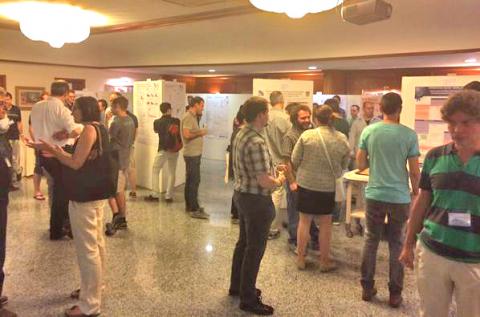
TOP 2015: Top quarks come to Italy!
The annual top conference! This year we’re in Ischia, Italy. The hotel is nice, the pool is tropical and heated, but you don’t want to hear about that, you want to hear about the latest news in the Standard Model’s heaviest and coolest particle, the top quark! You won’t be disappointed.
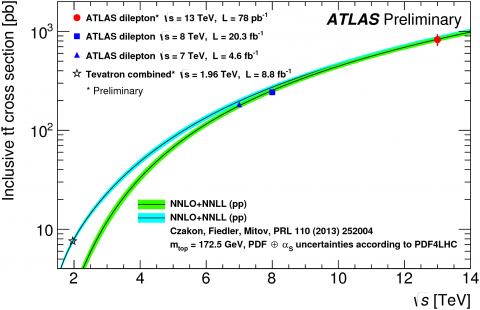
Top quarks in Run 2 are spot on
With a precision of just under 14% − currently dominated by our ability to understand how many proton-proton collisions have occurred at ATLAS (i.e. luminosity) − this measurement is able to confirm that quantum chromodynamics, the theory of the strong interaction, still seems to be going strong!
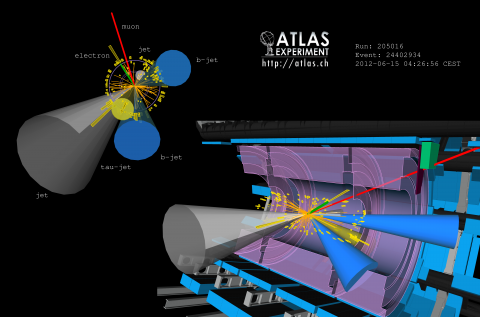
In search of rare Higgs boson production with top quarks
In proton-proton collisions, several processes can lead to the production of a Higgs boson. The most “frequent” process (which is about one collision in four billion!) is the fusion of two gluons, contained in the initial protons, into a Higgs boson through a “top-quark loop”. Least frequent is a mode where the Higgs boson is produced in association with a pair of top-quarks.
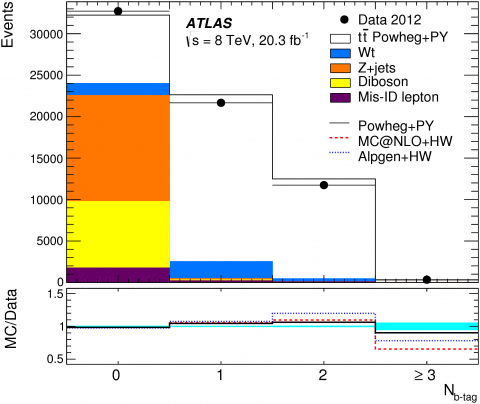
Measuring top production in the LHC
Using the full data sample from the LHC’s first run of proton-proton collisions, ATLAS has measured the production rate of top and anti-top quarks.
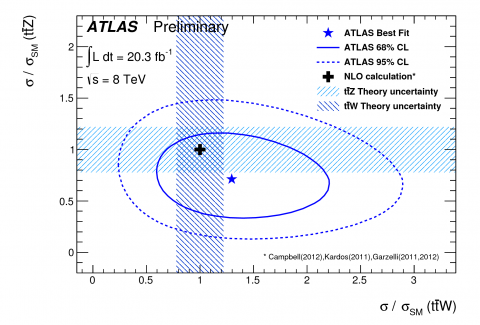
New evidence for top quark pairs produced with W or Z bosons
Evidence for the production of a W or Z boson together with a top quark pair, referred to as tt̄W and tt̄Z processes, has been found in the ATLAS analysis of the 8 TeV data from the LHC’s first run.




